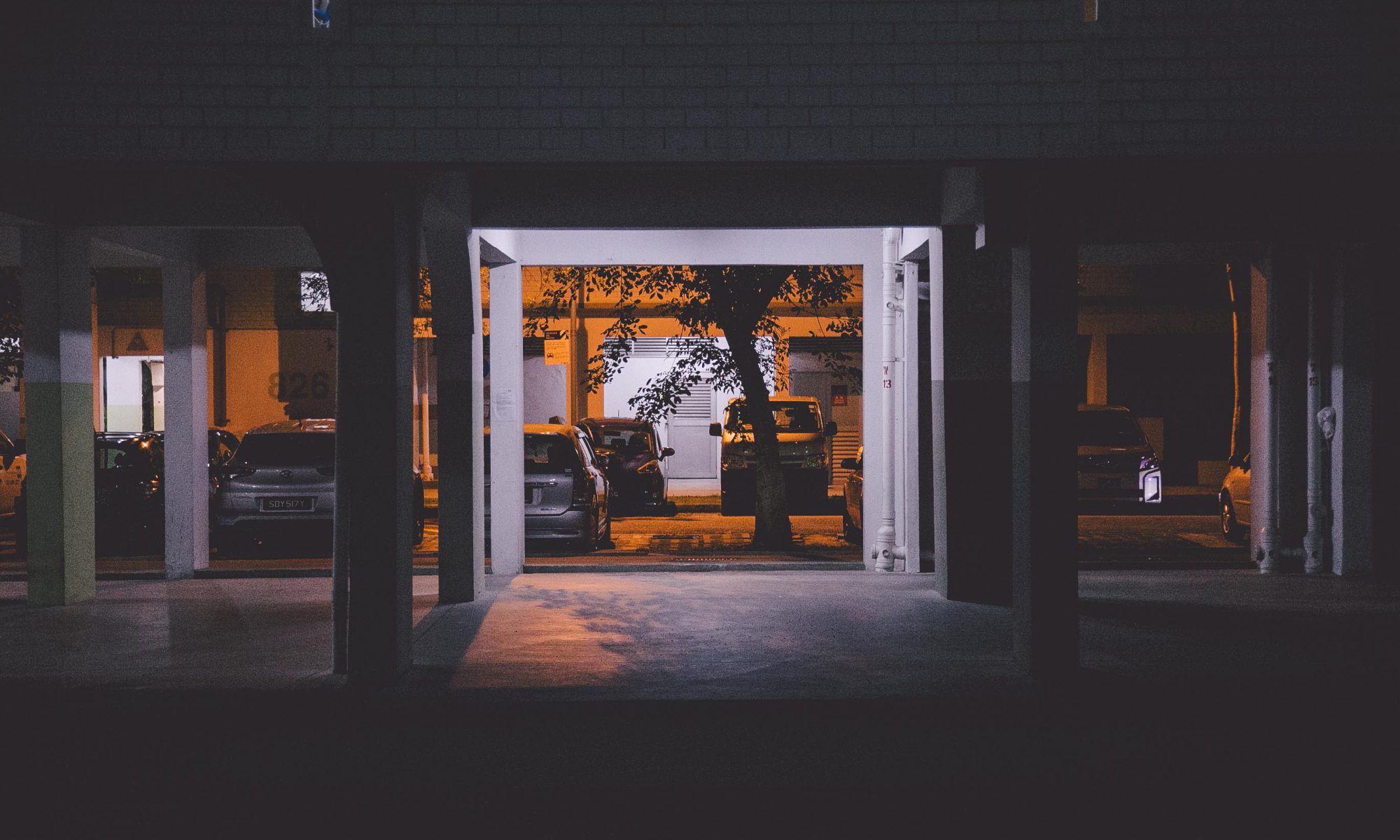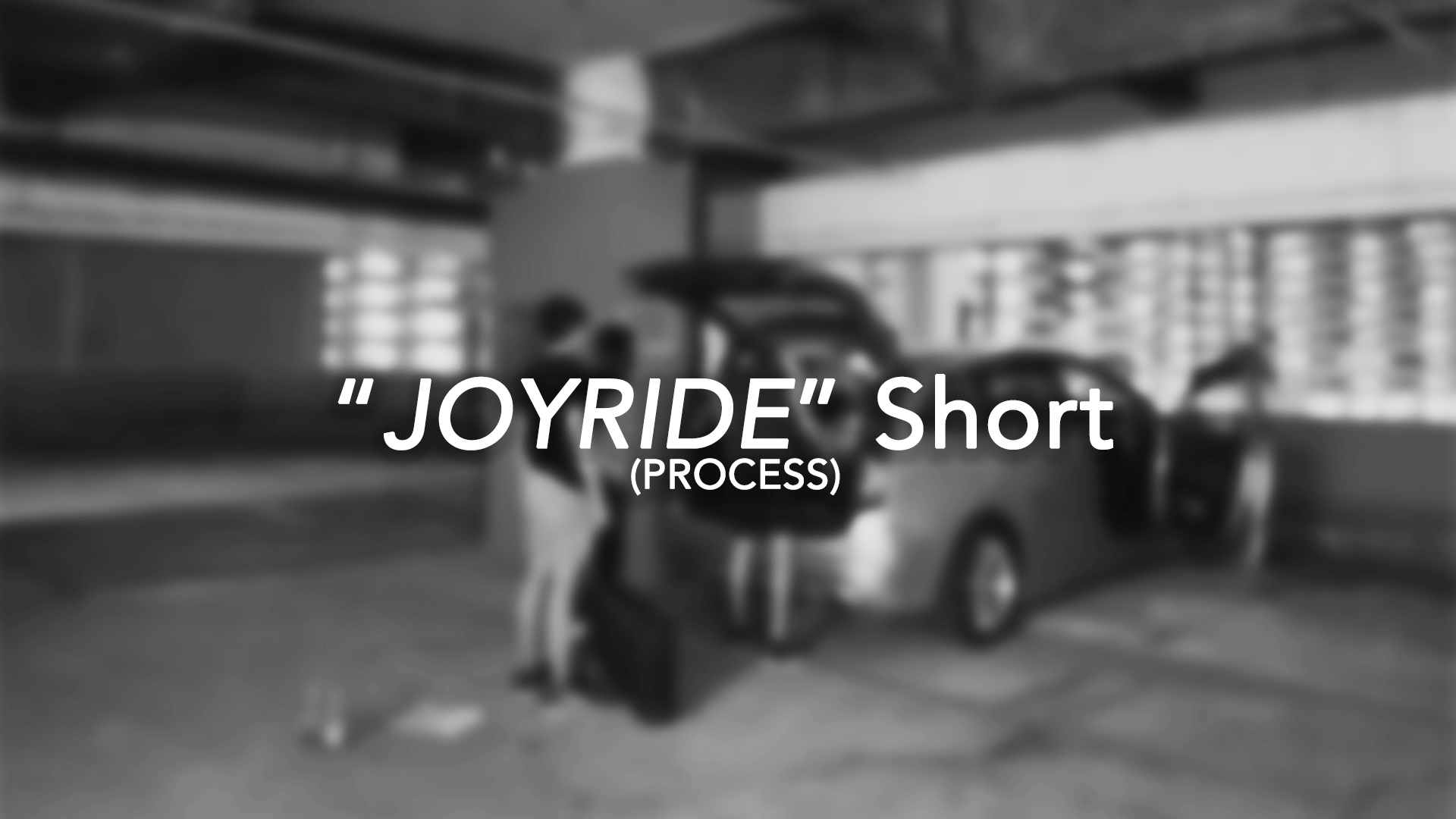Pre Production
I sat in the car one night returning from a hall event with my friend and a few others whom I’ve not met. I remember it being quite late into the night and the expressway was relatively clear.
“Hey, lets try something,” she says as she winds down the window and turned her music to full. She drove down the expressway and with the wind in our hair I felt a sense of freedom and happiness.
That night, was an inspiration to my film Joyride
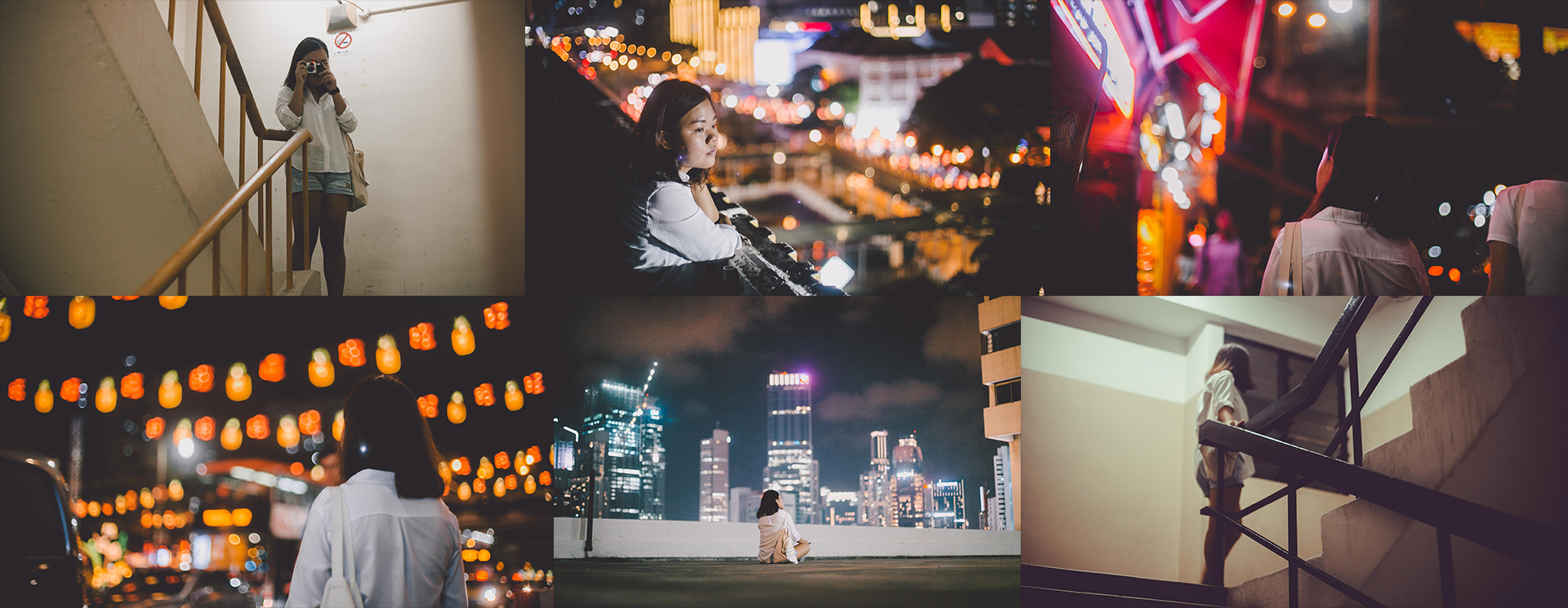
Before I began writing, I visited Chinatown to think about my film. I went to a few spots that I really liked going to and snapped a few pictures with a friend. I realized that there was something beautiful about the lights and the wide openess of the place and tried to evoke that in my script and writing.
I realized doing some location photographs and some minor post-production would really help in the bigger picture of production.
Having printed photographs allowed me to communicate my mood, visuals, location, framing and style very effectively to my Director of Photography on top of citing some film examples. During consult, it also allowed me to explain and discuss some tones of the film that are personally achievable. A new practice I will adopt, I suppose.
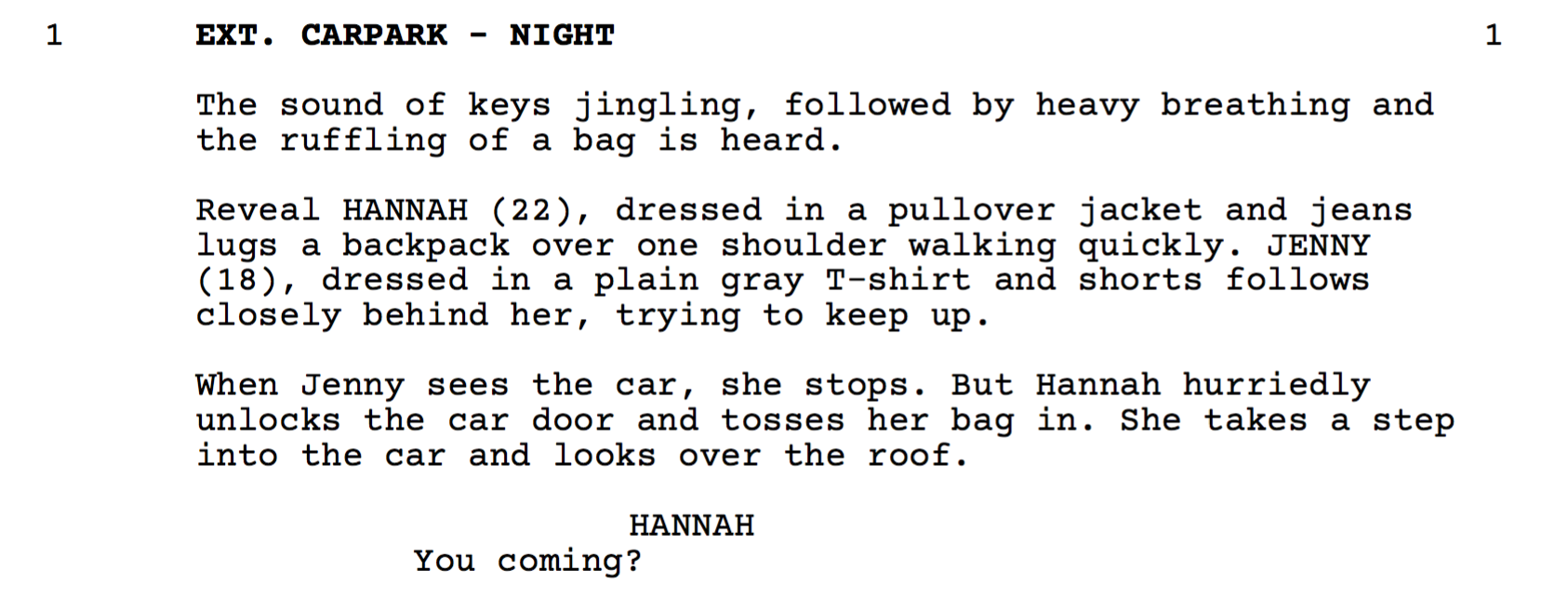
Overall, I wrote/reworked/redone the script a grand total of eighteen times.
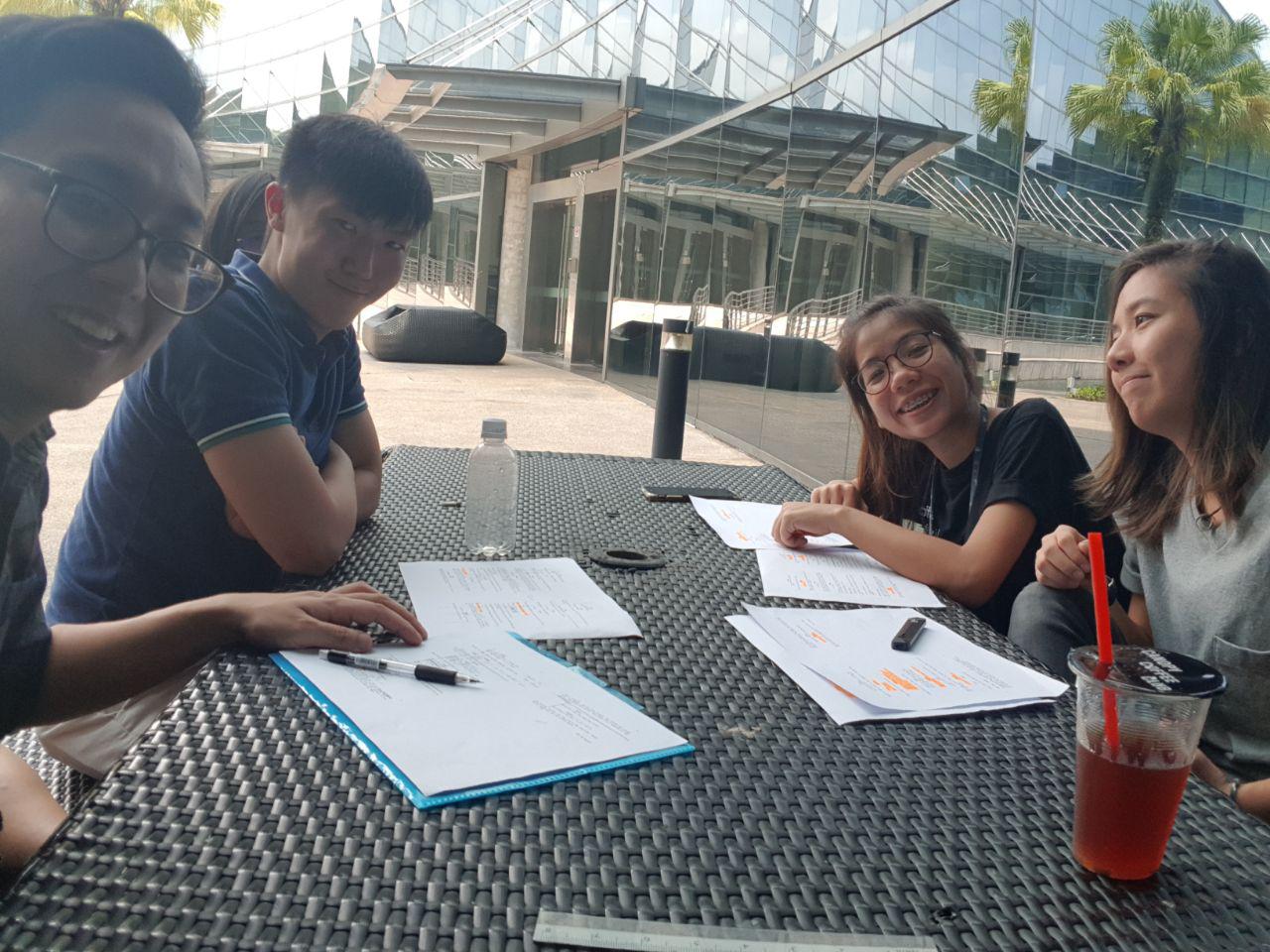
I had a table read with my cast and crew (with Pei Wen sitting in). It was the first time I had a proper look at the script and it was an exciting process as this was a productive opportunity to work the script with the talent and crew. Some changes that were made over the table read include:
- Changing the lines to fit the character’s/talent’s speaking style.
- Shortening lines and omitting dialogue and actions as they feel it’s unnecessary and out-of-character.
- Clarify tone, thoughts, motivations and objectives of the various characters throughout the scene. A sort of how do you say this line?
Overall, it was a good experience and practice that I will do more in future productions with my talent and crew.
I also consulted Jun Ming about some film-vibes he got from reading my script he reccommended some scenes which I have explained in a previous OSS post.
Production
Production day was an exciting but nerve-wrecking part of my film. It was a rare opportunity that I had the luxury of time with pre-production and did a very fast day of shoot for production – each came with it’s pros and cons.
The pros; I had time to explore visuals, location recee, look at similar films and properly plan my time with each location and carefully plan what shots I can do without.
I also had a lot more time to properly look at my script and rework many parts – removing scenes that ruin the pace and changing dialogue so the intention is more subtle and less on-the-nose.
The cons; I rushed my shooting process that totally disregarded some thoughts that I had in mind.
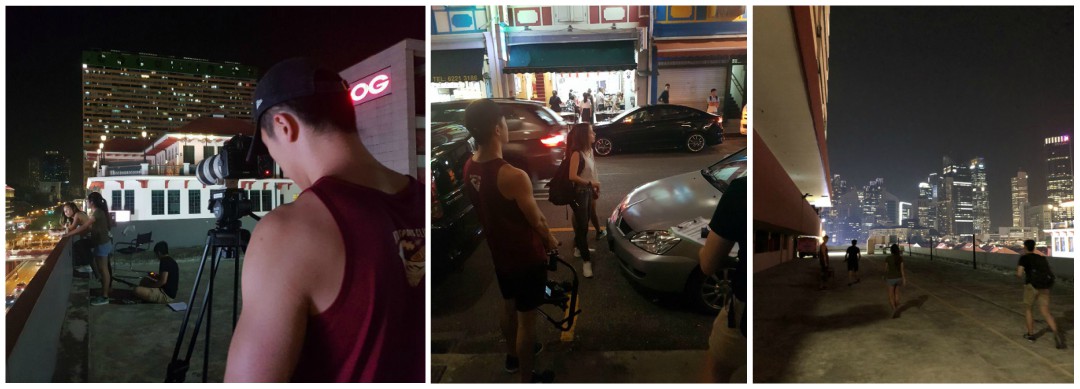
I was very fortunate to have a very committed team in me in this shoot. I remember people asking me…
“What? Only two people? Isn’t that too little?“
Well, yes. But my team was very good in what they do. I met up with my Director of photography and he explained how some equipment he had helped evoked the mood I wanted similar to the films I told him to refer to. And my producer was very committed in helping me manage the time and locations and even at some points helping me with sound. I could focus on the directing of the actors and dedicate myself to setting the mood, tone and vibe of the film and that it really show in the final outcome.
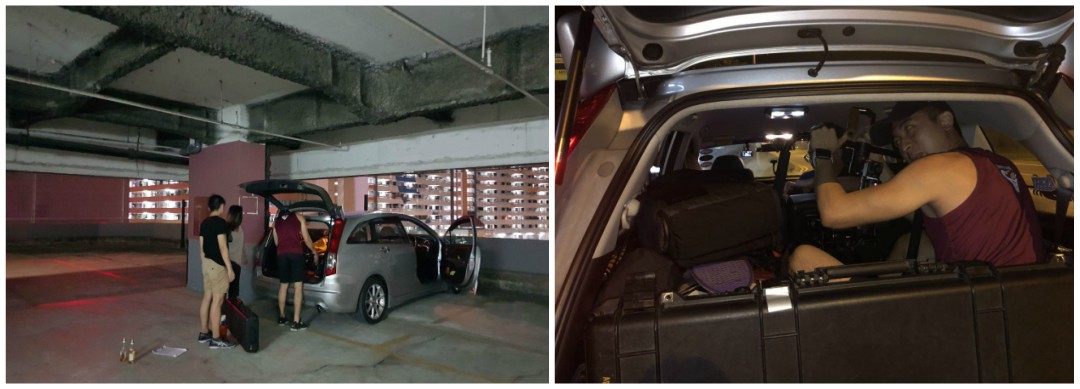
There were of course some personal creative risk-taking involved in creating this film – I learnt to trust my Director of photography and I remember even at one point telling him “do a shot you think works for you” and I was so surprised that the shot executed was one of my most favorite shots of the film.
 Final Outcome
Final Outcome
Overall, I really enjoyed the production process. It was an opportunity of many surprises – from giving my talent the freedom to do what they want with what they understood of the characters, and thus creating some little moments that translate so well on film, to cinematic shots that shows the wide open free space of Chinatown. I really was excited to start post production already looking at the rushes.
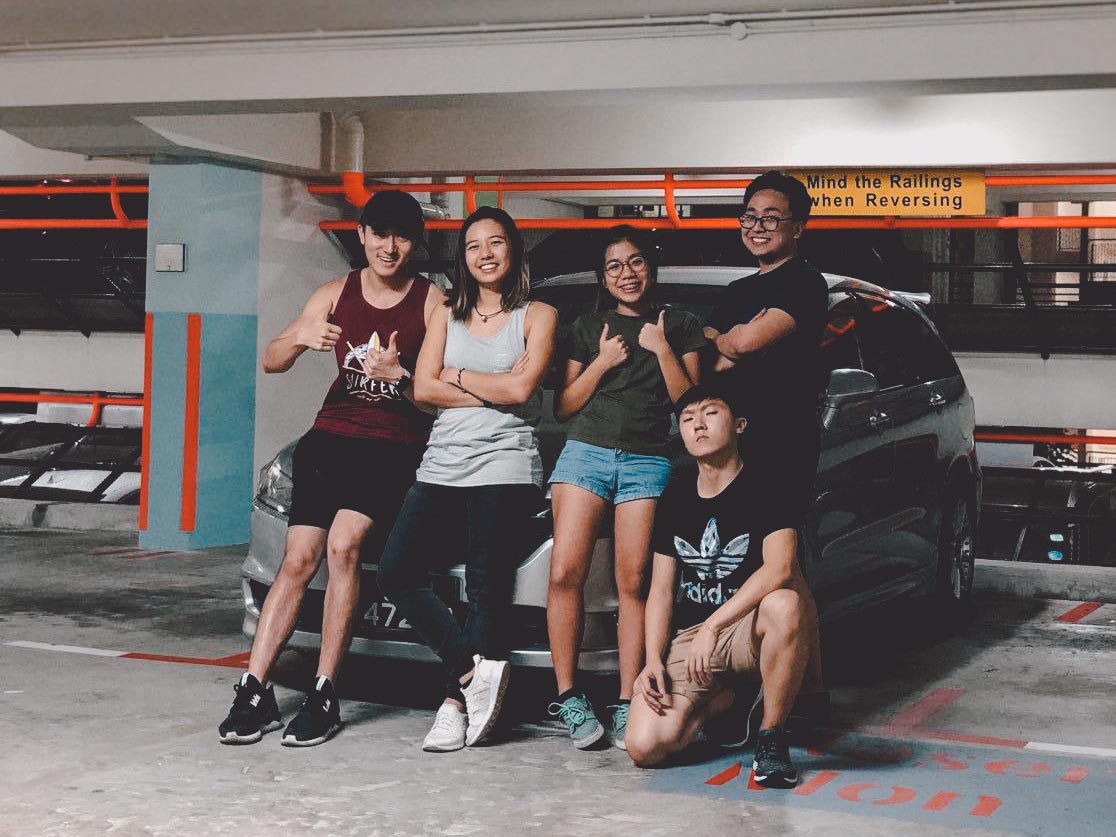
Thank you to my dedicated team of Joyride.
Hannah and Joy as my two leads.
Jun Ming as my producer/assistant director/sound and runner
Ryan as my director of photography
Post Production
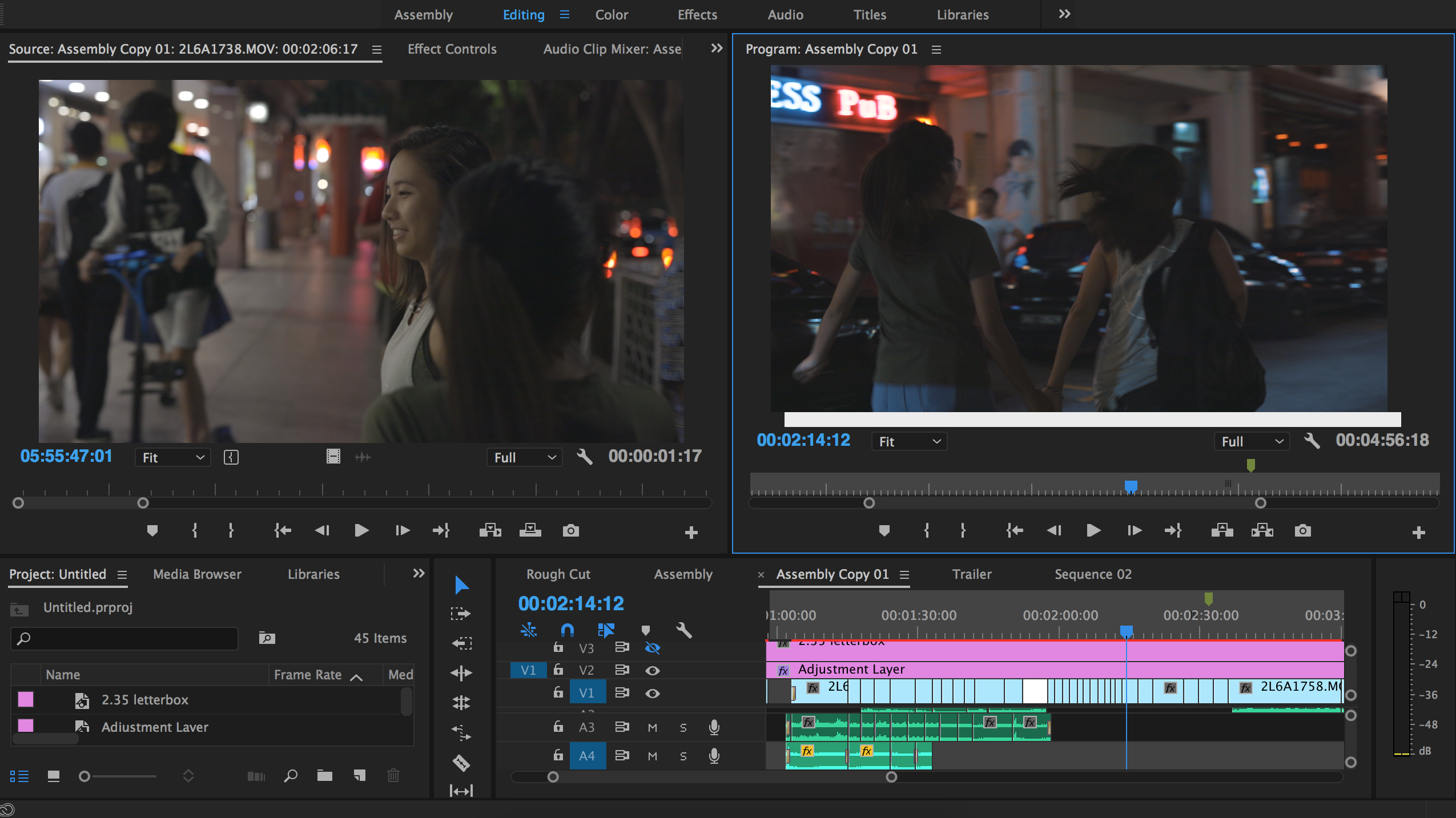
There were a lot of challenges in post-production. But creating the outer shape of the film was relatively straightforward as I felt moments and pace of the film was pretty much set in the film during production itself.
MONTAGE
The montage was an excruciating process. I had to find music for hours and hours until I found a piece that really suited the mood of the film. I then had to consider the pace of the montage. Too fast and I lose the magic of chinatown, too slow and it won’t look exhilarating. Ultimately I reached an in-between of the film and picked the best shots for the moment – a lot of clips did not make it and that will always be a little bummer to me. Just by cutting to the beat of the music, listening it to a few thousand times, and holding on some beats resulted in the montage in the final film.
PACING
When I was looking at Forget (my previous assignment), I realized I had this terrible habit of cutting to action, a very common thing that occurs in new editors. I felt that I was constantly directing attention to things – “look here, okay now look here” which I felt was ruining the magic of the subtleties of moments.
The video said one thing that really stuck to me as I was editing the film – how you film and edit two people talking in a room, the most uncinematic thing, defines your style. I was very conscious in my post production to achieve this and I felt it was a small progress – but it worked. I learnt to hold on shots longer and cut in to close-ups to beats. I wanted to take the risk of filming scenes with no close-ups and letting it play out organically, but I felt that was a huge risk that I did not want to take right now. Perhaps something to consider in my future films.
SCENE TRANSITION
This. This. This always gets me. I always felt my films did not transition scene-to-scene as seamlessly as I hoped. It is a little thing that I tend to neglect a lot which rears it’s ugly head in post production. I have watched numerous videos and tutorials about how some achieved creative transitions but never could find the perfect one that suits my film. Whether it’s visual similarity or audio transitions, I could never get it right. I took a cautious effort to think about how I could transition from scene-to-scene for it to ultimately fumble in post-production so I resorted to the most conventional form of transition in films.
the L and J cut. It is disappointing, personally, but I guess it worked to some extent – but this is an area I could work on in future.
REMOVING A SCENE
I removed this entire scene from Joyride for two main reasons.
- It is done in one shot, the scene prior (in the car) was fast cuts and it was a jam break in the pacing and was jarring.
- The lines and actions from the characters did not flow well enough to motivate the scene as important.
So ultimately I made the painful decision to remove this scene entirely. Bummer.
On the bright side, it was included in the montage.
